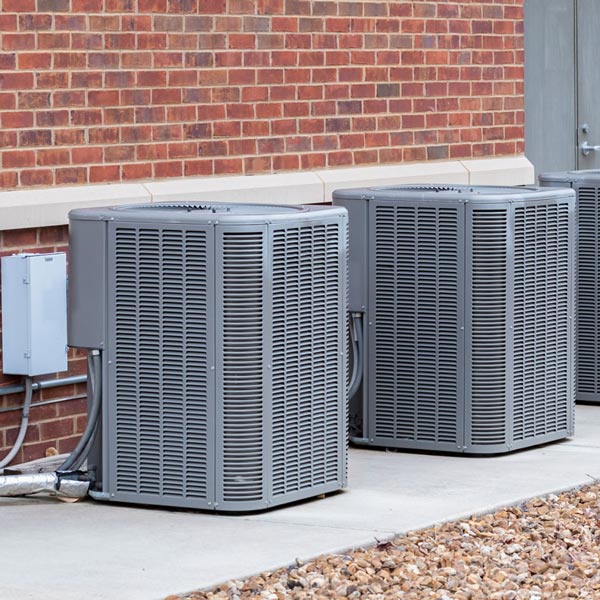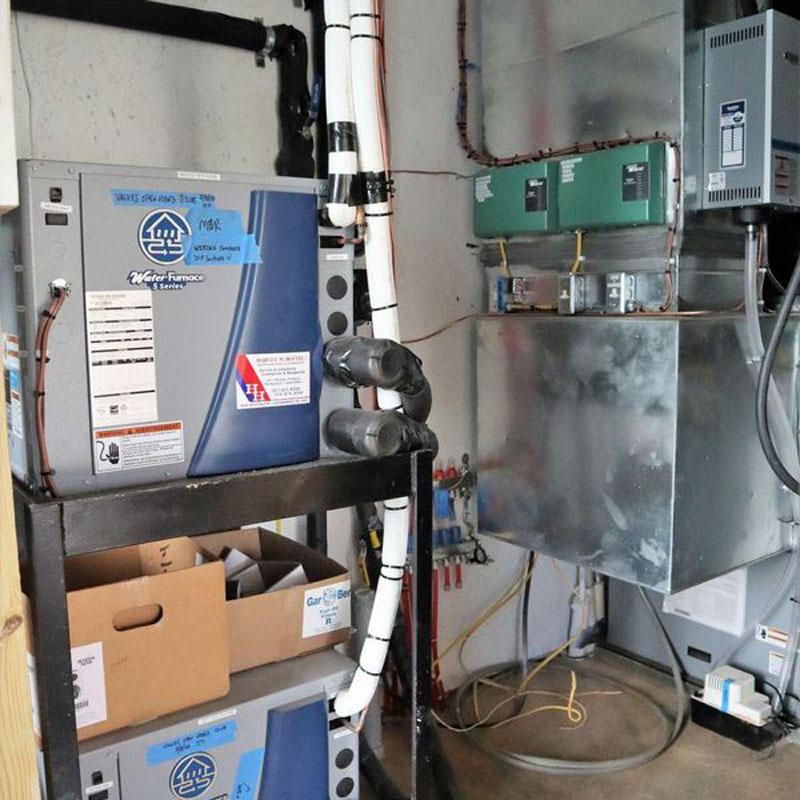Geothermal Tax Credits
Geothermal Heat Pump Tax Credits Approved by Congress in DC Metropolitan Area
In August 2022, the federal income tax credit for geothermal heat pump installations was extended through 2034. Geothermal equipment that uses stored energy from the ground for heating and cooling and that meets ENERGY STAR requirements at the time of installation is eligible for the tax credit. The credit has no limit and there’s no limitation on the number of times the credit can be claimed.

Geothermal Renewable Energy Credits
Average Maryland homes with geothermal systems installed in 2023 generate $3,600 per year.
The following Residential Clean Energy Tax Credit amounts apply for the prescribed periods:
- 30% for property placed in service after December 31, 2016, and before January 1, 2020
- 26% for property placed in service after December 31, 2019, and before January 1, 2022
- 30% for property placed in service after December 31, 2021, and before January 1, 2033
- 26% for property placed in service after December 31, 2032, and before January 1, 2034
- 22% for property placed in service after December 31,2033, and before January 1, 2035
What’s Eligible?
Geothermal equipment that uses stored energy from the ground for heating and cooling AND that meets ENERGY STAR requirements at the time of installation is eligible for the tax credit. Covered expenditures include labor for onsite preparation, assembly, or original system installation and for piping or wiring to connect a system to the home.
How to Claim the Credit
Use IRS Form 5695 to claim the Residential Energy Efficient Property Credit, and there’s no limit on the credit amount. The tax credit can be used to offset both regular income taxes and alternative minimum taxes (AMT). If the federal tax credit exceeds tax liability, the excess amount may be carried forward into future years. Spending on geothermal heat pump property adds to your home’s cost basis, but also must be reduced by the amount of the tax credit received.
What’s Not
The credit can’t be claimed for spending on equipment used solely for hot tub or pool conditioning, nor on previously used equipment. Rental home installations also cannot be claimed. As of November 2013, electric strip heat and ductwork distribution systems are no longer included in the tax circulation.
Geothermal: The Smart Choice
Even without incentives, installing a geo system just makes sense. It’s the only type of system that will pay you back! Most homeowners save more on monthly bills that they pay for the system when installation costs are financed. Any added investment over traditional equipment is usually recovered in just a few years, and many homeowners see a return on investment of 10-20% over the life of the system.

Check for More Local Incentives
In addition to the federal tax credit, state, local, and utility incentives may be available in your area for even more savings on installing a geothermal heat pump. Check out the Database of State Incentives for Renewable & Efficiency (DSIRE) website to find policies and incentives in your area.
- About Form 5695
- IRS Form 5695 Instructions
- IRS Form 5695
- Manufacturer’s Certification of Geothermal Heat Pump Property Compliance
- Maryland GREC Partner Overview
- Virginia REC Partner Overview
GEO – the Geothermal Exchange Organization
Is a non-profit 501(c)(6) trade association representing the interests of all businesses involved in the geothermal heat pump industry across the United States. GEO provides outreach to the industry, public and government about the economic, national security, and environmental benefits of geothermal heat pump systems for residential, institutional and commercial applications. For more information, visit www.geoexchange.org. Phone: (888) 255-4436. Email: GEO@geoexchange.org.
